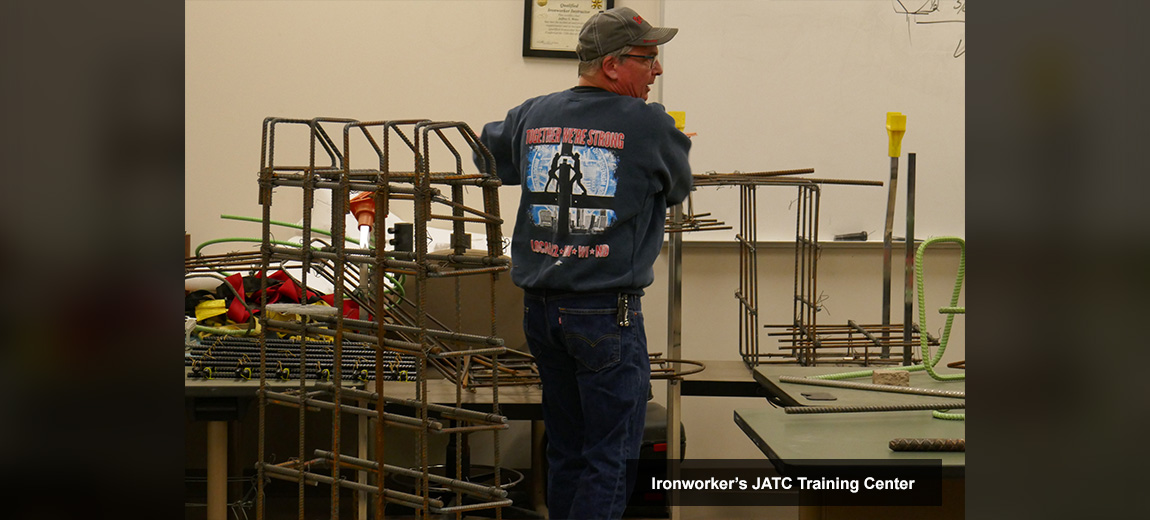The government recently promoted “Apprenticeship Week” around the U.S., and it was often repeated that the Building Trades set the high standard to which the government wants all programs to aspire.
But it’s not enough to simply have an apprenticeship program – quality matters immensely, and this is particularly true in construction. And joint apprenticeship programs are clearly the most effective.
A recent study in Michigan compared data from 2000-2016 for joint apprenticeship programs (i.e., those run by construction trade unions in collaboration with their contractors) with those run by the Associated Building & Contractors (ABC), as well as single-employer programs. It found that joint programs far outpaced the other two programs in terms of number of apprentices trained, dropout and graduation rates, and earning potential of program graduates.
Joint programs trained 79% of all Michigan construction apprentices between 2000-16. These programs had a graduation rate of 31%, and a dropout rate of 45%. While this seems large, the ABC programs correspondingly had a graduation rate of just 14% with a dropout rate of around 66%, while single-employer programs graduated only 17% of apprentices, and had a dropout rate of 57%.
Joint program also enrolled higher numbers of women and minority apprentices. For the ABC programs, 9% of new apprentices were ethnic/racial minorities; joint programs were 21% minority. Women accounted for 4% of joint program apprentices, whereas women made up only 1% of enrollment in ABC programs.
Furthermore, apprentices who graduated from a joint program had much higher earning potential than graduates of ABC programs, earning fully double the amount that the latter group earned. This ultimately affects the quality and vibrancy of local construction markets because other research has demonstrated that workers earning higher wages are more productive and efficient than their lower-paid counterparts. High wages also encourage contractors to make more use of capital equipment, increasing productivity.
All of this supports the argument that the simple existence of an apprenticeship program is not sufficient to guarantee success. Quality matters, not only in terms of results for apprentices enrolled in the program, but for project owners and taxpayers who ultimately hire those apprentices and expect them to do the job right the first time.




